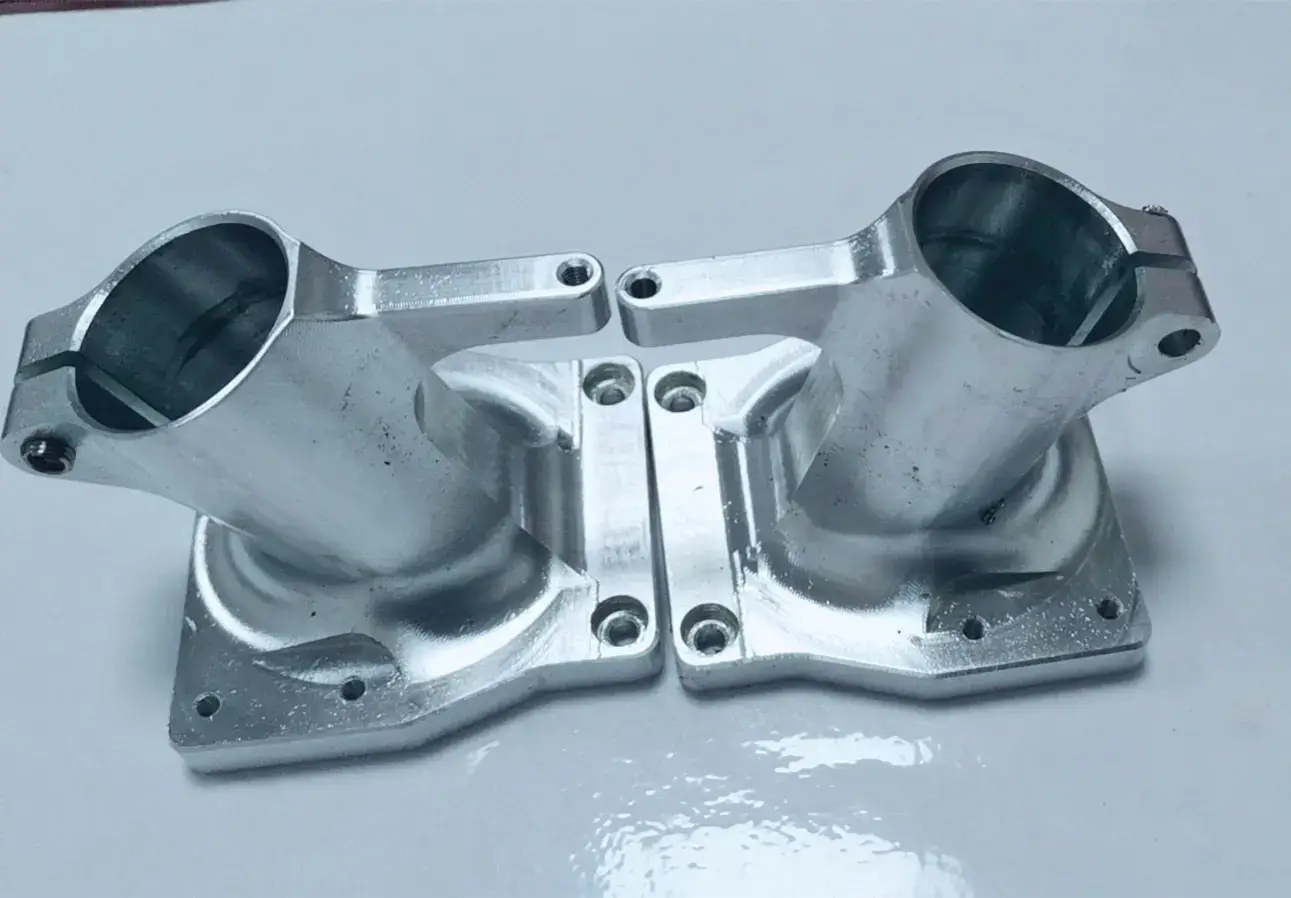Practical CNC Plastic Processing Tips
Introduction:
CNC (Computer Numerical Control) plastic processing has become an essential part of modern manufacturing. It offers precise and efficient ways to shape and manipulate plastic materials into various products. Whether you are a novice or an experienced CNC operator, it is crucial to understand some practical tips to ensure successful plastic processing. In this article, we will discuss some key considerations for achieving optimal results.
1. Material Selection:
Choosing the right plastic material is vital for CNC processing. Consider the specific properties required for your project, such as strength, flexibility, chemical resistance, and heat resistance. Different plastic materials, like ABS, PVC, polycarbonate, and nylon, offer varying characteristics that can influence the machining process. Research and consult material datasheets to ensure compatibility with CNC operations.
2. Tool Selection:
Selecting appropriate cutting tools is essential to achieve accurate and clean cuts. Different plastics may require different tool geometries and materials. For example, carbide or diamond-tipped tools work well with hard plastics, while high-speed steel tools are suitable for softer materials. Consult tool manufacturers or machining experts to determine the best tooling options for your specific application.
3. Machine Settings:
Optimizing machine settings is critical to achieving desired results. Pay attention to spindle speed, feed rate, and depth of cut. Each plastic material has unique characteristics, and adjusting these settings can prevent issues such as excessive heat generation, melting, or chipping. Start with conservative settings and gradually fine-tune them based on your observations and experience. Regularly monitor and maintain CNC machines to ensure they operate within specified parameters.
4. Proper Fixturing:
Securely holding the plastic workpiece during machining is crucial to avoid movement or vibration. Utilize appropriate fixtures or clamping methods to ensure stability and precision. Consider the size, shape, and geometry of the workpiece when designing fixtures. Consult experienced machinists or use computer-aided design (CAD) software for accurate fixture designs. Avoid over-tightening clamps to prevent deformation or damage to the plastic material.
5. Chip Control:
Effective chip control is essential during CNC plastic processing. Plastic chips can accumulate, causing issues with cutting accuracy and surface finish. Utilize sharp cutting tools, adequate coolant or lubrication, and appropriate chip evacuation methods. Clear away chips regularly to maintain optimal machining conditions. Additionally, consider using air blowers or vacuum systems to remove chips from the tool path and workpiece.
6. Surface Finish:
Achieving a high-quality surface finish is often a critical requirement in plastic processing. Proper tool selection, machine settings, and chip control contribute to achieving the desired surface condition. Consider finishing operations such as sanding, polishing, or buffing to further enhance the appearance and functionality of the plastic parts. Experiment with different tool paths and speeds to find the best combination for the desired finish.
Conclusion:
Practical CNC plastic processing requires attention to detail and careful consideration of various factors. By selecting the right material, tools, machine settings, fixturing methods, chip control techniques, and surface finishing practices, you can achieve optimal results. Continuous learning, experimentation, and collaboration with experts in the field will further enhance your skills and understanding of CNC plastic processing. Remember that safety precautions should be followed at all times to ensure a productive and accident-free working environment.
.webp)



